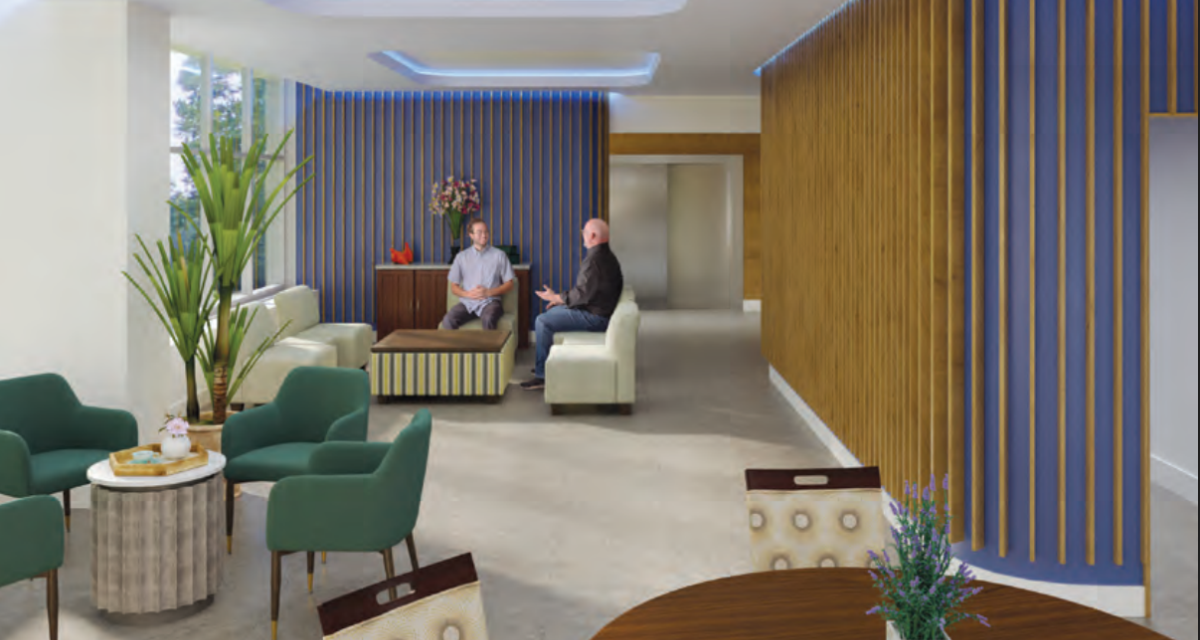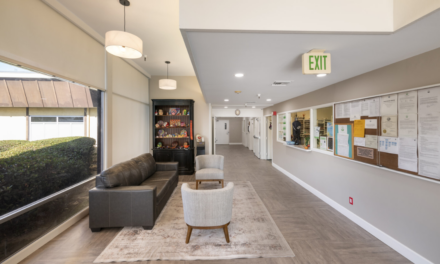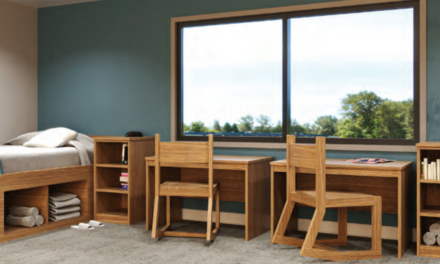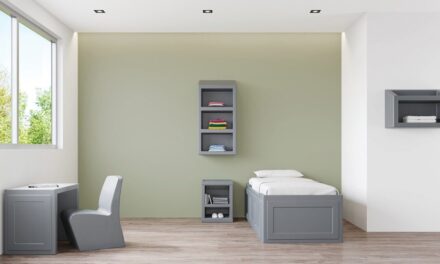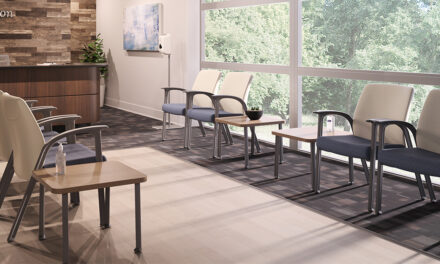As the demand for behavioral health services continues to grow, healthcare organizations are reimagining how environments impact healing, safety, and overall outcomes. In 2025, we’re seeing a major transformation in behavioral health facility design, with a focus on trauma-informed care, ligature-resistant products, and adaptive reuse strategies that align with evolving safety standards and therapeutic needs.
Facilities serving patients with complex behavioral health challenges are increasingly adopting behavioral safety products, ligature resistant furnishings, and strategic layouts that promote both dignity and clinical efficiency. In this post, we’ll explore the top behavioral health facility trends for 2025—and how organizations can leverage design innovations, product procurement, and smart facility management to drive lasting impact.
1. Prioritizing trauma-informed design across all care levels
Trauma-informed design is no longer a trend—it’s a foundation. In 2025, behavioral health assisted living facilities will integrate trauma informed design principles into every layer of care delivery. This design philosophy acknowledges the pervasive impact of trauma and seeks to create environments that are physically and emotionally safe.
Key features of trauma-informed environments include:
- Soft, natural lighting and calming color palettes
- Clear wayfinding to reduce stress and confusion
- Residential-style furnishings that reduce institutional feel
- Zones that support privacy and self-regulation
Direct Supply offers guidance through solutions that align with trauma informed design checklists and healing by design practices—ensuring the environment actively supports recovery.
2. Designing safe, functional, and therapeutic environments
Creating a safe therapeutic environment requires balancing safety with comfort. In 2025, facilities are investing in mental health interior design that supports resident well-being without compromising on durability or security.
Therapeutic furniture and behavioral health furniture play a central role. These products must be:
- Ligature resistant and tamper-resistant
- Highly durable and easy to maintain
- Designed with non-institutional aesthetics
Direct Supply’s behavioral health products includes furniture for mental health and behavioral health beds tailored to support different behavioral health levels of care.
3. Ligature-resistant products: essential for safety compliance
Preventing risk is a critical objective in behavioral health settings. As JCAHO behavioral health standards evolve, facilities must implement ligature resistant products that address the growing scrutiny around behavioral health risks.
In 2025, demand is rising for:
- Ligature-resistant door hardware, faucets, and fixtures
- Seamless, tamper-resistant furniture
- Smart sensor technologies for monitoring high-risk areas
Direct Supply partners with leading manufacturers to deliver behavioral safety products that meet compliance standards while maintaining an approachable, therapeutic design aesthetic.
4. Adaptive reuse and behavioral health construction strategies
To meet rising demand and control costs, organizations are turning to adaptive reuse projects—repurposing existing structures into modern behavioral health facilities. This approach not only preserves architectural character but also accelerates development timelines.
Key elements of modern behavioral health construction include:
- Retrofitting spaces for safety and supervision
- Zoned layouts that separate care levels
- Durable materials that withstand intensive use
Direct Supply supports adaptive reuse through strategic planning, design consulting, and specialized behavioral health procurement expertise—helping facilities scale efficiently without sacrificing safety or therapeutic quality.
5. Procurement and facility management tailored for behavioral health
A major challenge in modern behavioral health is sourcing compliant, durable products that meet both clinical and regulatory requirements. Direct Supply simplifies procurement with:
- Complete product programs aligned to behavioral health standards
- Custom quotes tailored to your space and budget
- Compliance-conscious sourcing for furniture, fixtures, and appliances
Ongoing success also depends on intelligent facility management. Direct Supply equips teams with leading building management solutions:
- Digital building automation and maintenance tools
- Equipment tracking and replacement schedules
- Support for proactive maintenance and asset life cycle planning
6. Designing for all levels of care
2025’s designs go beyond aesthetics—they’re about aligning physical space with levels of care in mental health. Whether serving residents in low-acuity supportive housing or high-acuity inpatient psychiatric units, flexibility is essential.
Key considerations include:
- Modular designs to adapt to shifting census and acuity
- Psychiatric hospital rooms with built-in safety features
- Mental hospital rooms designed for comfort, healing, and supervision
Modern psychiatric room designs reflect a shift toward normalized, healing-centric environments—balancing behavioral safety with resident dignity.
Partnering for progress in 2025 and beyond
The future of behavioral health facility design is here—and it’s centered around trauma-informed, adaptive, and safety-conscious environments that support true healing. As the industry evolves, staying ahead of design trends and regulatory standards is essential.
Direct Supply is your strategic partner in:
- Procurement of behavioral health furniture and products
- Facility planning and modernization
- Safe, efficient facility management
Whether you’re launching a new adaptive reuse project, upgrading to meet safety standards, or transforming a mental health facility to meet emerging needs, Direct Supply’s Behavioral Health Solutions team is ready to help you design with intention—and deliver better outcomes.
